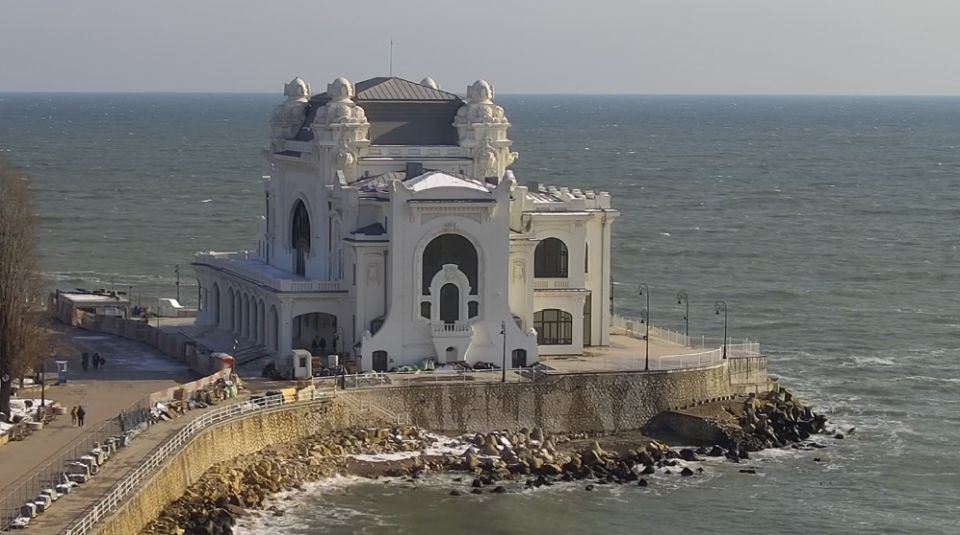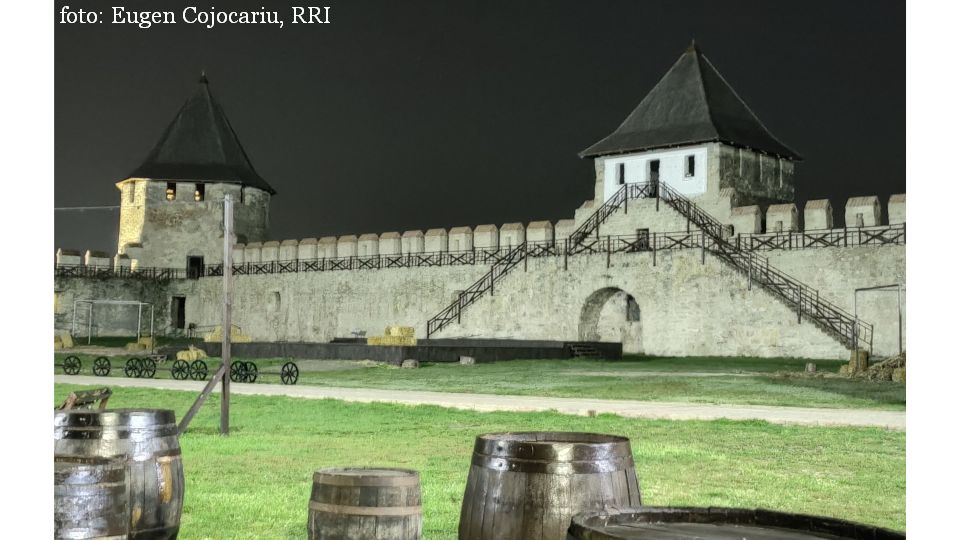Ion Ghica and his manor in Ghergani
The Ghica estate in Ghergani is located 40 km away from Bucharest, on the road to Târgovişte.

Christine Leșcu, 07.10.2023, 13:34
A well-known place in the cultural history of Romania, Ghergani reentered the public attention relatively recently, with its retrocession to the descendants of the Ghica family, after having been nationalized during communism. It was the home of Ion Ghica, a politician, diplomat, scholar and writer, one of the most important members of the generation of the 1848 Revolution, the generation responsible for the modernization of the Romanian principalities. Born in 1816, Ion Ghica died in 1897 in Ghergani, where where he was buried next to that of his wife, Alexandrina.
Their successor, Irina Ghica Bossy, tells us more about the history of the manor, intertwined with that of the family: “The mansion you see today dates back to 1869 because Ion Ghica inherited it from his father, Ban Dumitrache Ghica, and wanted to restore it so as not to continue the Balkan architectural tradition still popular in the country at that time. He wanted to give it a Western look, influenced by the French architecture that he would have liked to see implemented all across Romania. He is one of the main modernizers of Romania, whom he wanted oriented towards the West and not towards the Balkans and the Ottoman Empire or, even worse, towards Russia. He wanted to put these principles into practice at his own home. That is why today we no longer see here the old mansion built in the 17th century. That had been a mansion that the Văcărescu family had built and which in the 18th century was given to a member of the Ghica femily. From that moment on, the Ghergani estate was a Ghica estate, which different generations tried to improve, enlarge and give a neat and welcoming appearance. But Ion Ghica was the one who broke the tradition of a Balkan mansion and made this small Western palace instead, which looks amazing in the middle of a village in the south of Wallachia.
Irina Ghica Bossy also tells us who gave the building its western aspect: “There were two architects who worked on it, because Dimitrie Berindei initially took the job, but after his death, another architect, Gheorghe Mandrea, took over the project. Both were architects educated in the West. Berindei had studied in Paris, and Mandrea in Vienna, so they understood Ion Ghica when he told them that he would like a mansion with western architecture. Another western influence was the addition of a chapel, located close to the main building. This is also a Western custom that had not existed in Romania until then. Although he was inspired by these Western traditions and styles, the Ghergani chapel is a purely Byzantine chapel, in the traditional style of Orthodox churches, because he did not want his Romanian Orthodox faith to be questioned. That is why the chapel has a in a purely Orthodox and neo-Romanian style. It is a private chapel where the mass was held, probably on Sundays from time to time and especially on Easter. People from the village would also join the Ghica family. We have pictures of the whole village that came to the property on special occasions. The grave of Ion Ghica and his wife, Alexandrina is also here, in this chapel.
Known as a man of letters, especially due to his the volume Letters to Vasile Alecsandri, written and sent from London, Ion Ghica worked on a number of pioneering academic projects in Romania at that time, in fields such as mathematics, political economy and pedagogy, many of his works being written in Ghergani. Irina Ghica Bossy: “All Ion Ghica’s manuscripts were in the mansion and my father handed them over to the Romanian Academy a few days before nationalization, because he didn’t want them to be lost or burned. His entire political activity, his writings and economic and administrative treaties were documented here, on this property. He wrote all his works throughout a very long period, because he lived long, until he was 81. At first he probably wrote his works in his parents’ house. Then, he wrote letters to Vasile Alecsandri from London, when he was a diplomat at the court of Queen Victoria. Ghergani was the place where he was happiest. He wrote to his wife, Alexandrina, that wherever he finds himself in Europe, he likes to return to Ghergani. He wanted Ghergani to be a place where everyone was welcome. His wish came true, because many personalities came to Ghergani. In one of Ion Ghica’s letters to his wife, we read how proud he was that the guests liked Ghergani and that they congratulated him on how beautiful the building and the park were.
The Ghergani mansion started deteriorating after the 1940 earthquake when its floor collapsed. It was never repaired. Then, in 1948, the house and land were nationalized and the communist state first installed there a farm and then a children’s hospital. Until 1990, no more repairing works were conducted. Only a tin roof was put on it. Later, the descendants of Ion Ghica recovered their property and the mansion is currently going through a restoration process. The rest of the domain, including the chapel, is open to visitors. (EE)






























